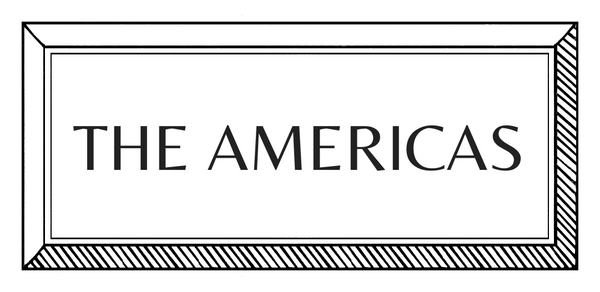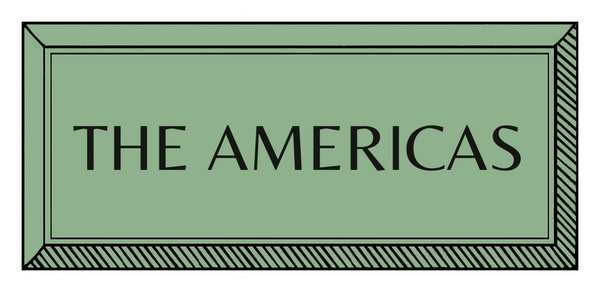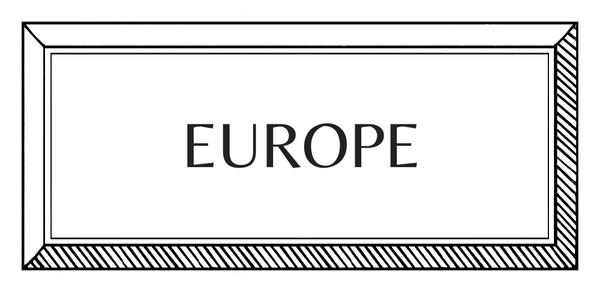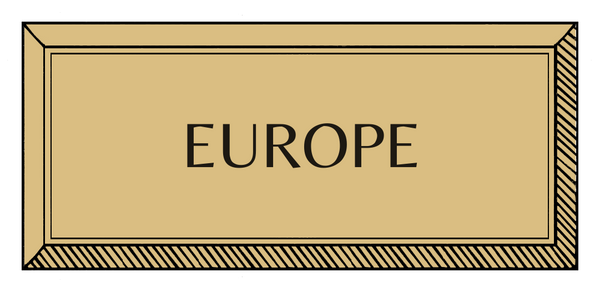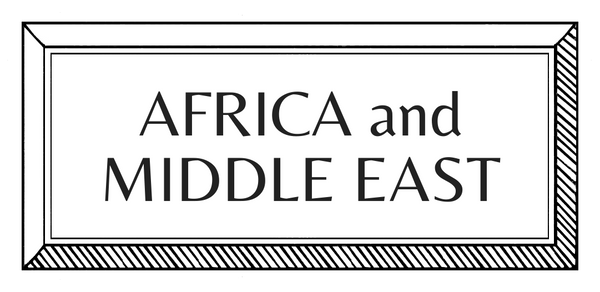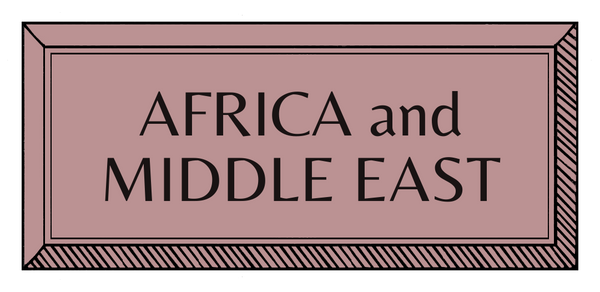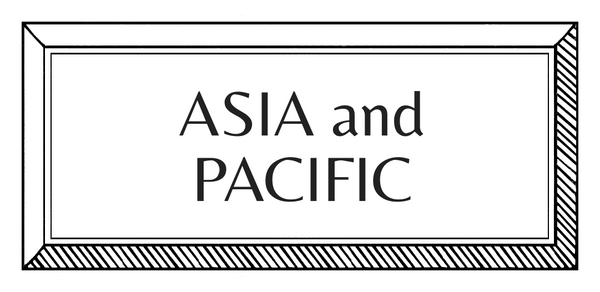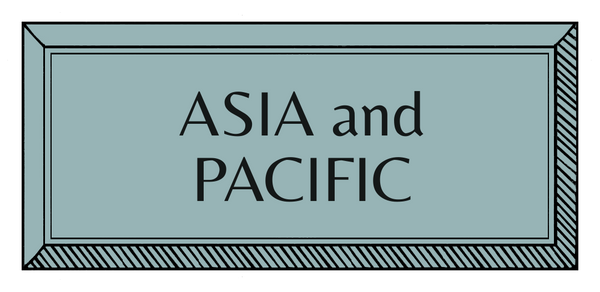MAKERS | EUROPE | ITALY | MULTI-MEDIA
Guido Toschi | Tent Maker

Guido Toschi owes his well-earned reputation to his ability to restore outdoor tents to their former glory—when they were far more than temporary shelters. Once the true homes of nomadic peoples, the refuge of marching armies, or the splendid pavilions beneath which cultured audiences enjoyed theatrical performances, these structures now find new life through his vision. His inspiration often draws from the works of the great painters, as well as films like Barry Lyndon and Death in Venice. At times, however, it arises from the sheer beauty of the materials themselves: not dull, utilitarian outdoor fabrics, but vibrant chintzes and exquisitely crafted trimmings that elevate each creation into something timeless and refined.
How did you begin?
You could say it all started by chance. My first tent was built in my garden, in Val Susa, on a particularly sunny afternoon. Wanting to create a temporary shelter, I used what I had: bamboo poles from the greenhouse and an old sheet. The result was a primitive but rather effective tent. However, tents, both as a material and metaphorical object, have always interested me. I came to it from an interior design background; I was involved in everything, not just tents. Curiously, compared to my other colleagues, I was fascinated by the concept of temporariness, the ephemeral, and that exotic sense of wandering or nomadism associated with camps. A unique aspect, in my opinion, is the imaginative power of the tent: when you're under one, you can fantasize and imagine yourself inside a castle, or in a hut by the sea, or camped out on an adventure, just like children do. What I've found in the outdoor tent is an esprit de liberté: the walls of a house, no matter how large, always end up containing and limiting the dream; tents do not.

How did you learn?
The only way I found to learn was to try. So I learned the technique on the field, along with the familiarity with the materials. At the beginning, for example, I was firmly determined to avoid any kind of compromise with the aesthetic ideal I had in mind (what I was trying to achieve were "rooms of fabric"), and I used exclusively pure cotton. My very first creations were in canvas, the same material used for boat sails, with broad stripes. Over the years, I had to accept – or rather, I began to actively appreciate – that a percentage of synthetic fiber greatly improves the durability of tents, and also helps them maintain their beauty over time. And another thing that experience has taught me is to dispel certain beliefs that have taken hold of contemporary taste: there is a rooted idea, for example, that the color of outdoor curtains should par excellence be white, which is considered neutral and easy. But looking at the gardens, you understand that it is the opposite, and that white is a color that stands out and dazzles and is sometimes too demanding.
How do you plan, prepare and create your works?
Our work always begins with a meeting. I believe it was my enthusiasm and passion that initially convinced my first clients, who were friends of mine, to place their first orders with me. But the success of the business over time is primarily due to the quality of our creations, which also comes from understanding the needs of those who turn to us. We like to discuss the project in depth before moving on to the execution phase, and, when possible, we like to visit the locations where our creations will be displayed.
Regarding the execution phase, the first to be created are the iron load-bearing structures, from which our seamstresses create PVC models (the fabric is not used immediately to avoid waste). Once the prototype is ready, it is tried on the structure and any necessary modifications are made (it's a true fitting, like in tailoring). Finally, the structure can be powder-coated in the chosen color and the seamstresses can proceed to tailor the awning in the requested fabric.
Who or what most influences your work?
I'm tied to the past, perhaps also because of my age, but in reality I had these anachronisms, this nostalgia, even when I was young. The inspiration for my tents, therefore, comes from a world that no longer exists, and I've supported it with extensive iconographic research. Paintings are an inexhaustible source of inspiration, as are certain period films, like Barry Lyndon or Death in Venice. I can't say, however, that I'm tied to a specific era or place: Roman camps inspire me as much as Napoleonic tents, and I like elaborate 18th-century pavilions as much as simple Berber tents.
I believe the tent is an object difficult to modernize because it is an ancestral object; it was the first home humanity had. The needs it fulfills (speed of movement, shelter from the elements) are ancient and have not changed. Awareness of this has meant that, among the hallmarks of my creations, certain details have an almost symbolic origin. Our tents, for example, always open on all four sides, because I wanted to preserve my primary source of inspiration, namely freedom, in their appearance.
Sometimes our new clients worry about the apparent slenderness of our tents...they seem too simple, and potentially ineffective against the weather. But our way of reassuring them is to explain all the research that goes into them: the balance between lightness and strength that our structures achieve is not the result of chance, but of decades of dedication spent precisely solving this balancing act.

What is a typical day?
We're lucky to have our atelier inside the so-called Docks Dora, a fascinating architectural complex in Turin dating back to the early 20th century, with a more Northern European than Italian feel. Spirits were once distilled here, and then shipped throughout Italy via an internal railway.
Our team is highly independent and willing to work under pressure, which is inevitable given the last-minute requests we often receive for installations, which are a major part of our business. The projects vary greatly from one another: you'd be surprised how much, considering they're all about tents!
Interview by Sara Pierdonà
Images from Guido Toschi












